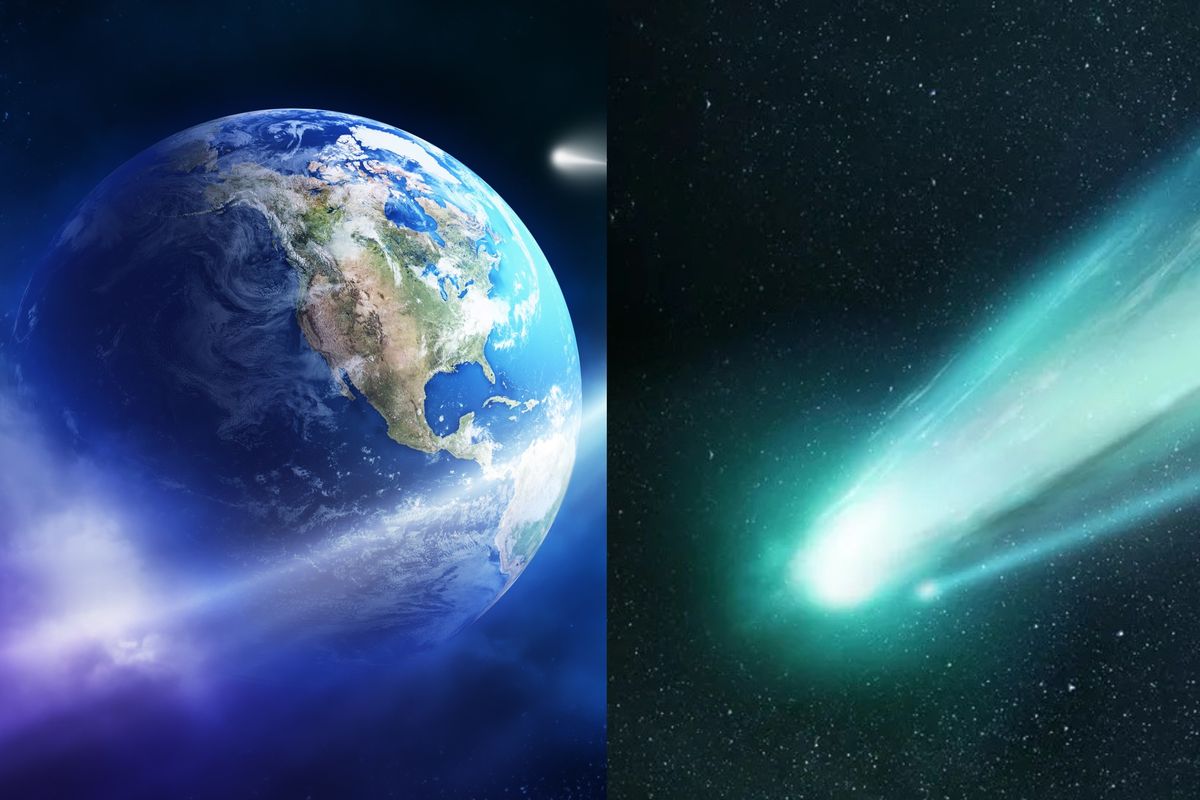Jake Brigstock
Jul 06, 2025
World’s Largest Piece of Mars To Sell For Up To $40 Million
unbranded - Newsworthy / VideoElephant
A new study has found thick layers of clay found on Mars could have provided the required mix of water, minerals and a calm environment for life to develop.
Scientists from The University of Texas at Austin and collaborators investigated these clay terrains and found most of them have formed near standing bodies of surface water which were found all over the planet billions of years ago.
In a new study published in Nature Astronomy, researchers also noted the thick clays could be a sign of an imbalanced water and carbon cycle on ancient Mars which could explain why the planet appears to be missing carbonate rocks in places where they would be expected here on Earth.
In a statement, the study's lead author Rhianna Moore, who conducted the research as a postdoctoral fellow at the UT Jackson School of Geosciences, said: "These areas have a lot of water but not a lot of topographic uplift, so they're very stable.
"If you have stable terrain, you're not messing up your potentially habitable environments. Favourable conditions might be able to be sustained for longer periods of time."

Moore found the clays were mostly found at low elevations near lake deposits but away from valley networks, where water is thought to have flowed more vigorously across the terrain. This balance between chemical and physical weathering led to their preservation through time.
Co-author Tim Goudge, an assistant professor at the Jackson School’s Department of Earth and Planetary Sciences, said the Mars clay environment is similar to the tropical places where thick clay layers are found on Earth.
He said: "On Earth, the places where we tend to see the thickest clay mineral sequences are in humid environments and those with minimal physical erosion that can strip away newly created weathering products.
"These results suggest that the latter element is true also on Mars, while there are hints at the former as well."
Researchers suggest the clays may have been formed because Mars lacks tectonic activity, so when Martian volcanoes released carbon dioxide into the atmosphere, the lack of a source for new reactive rock would have led the greenhouse gas to linger - causing the planet to become warmer and wetter.
The research was funded by NASA and the Canadian Institute for Advanced Research.
Elsewhere from indy100:
- Mars orbiter make stunning discovery containing secrets of planet's past
- Extraordinary giant structures discovered beneath the surface of Mars
How to join the indy100's free WhatsApp channel
Sign up to our free indy100 weekly newsletter
Have your say in our news democracy. Click the upvote icon at the top of the page to help raise this article through the indy100 rankings.
Top 100
The Conversation (0)














